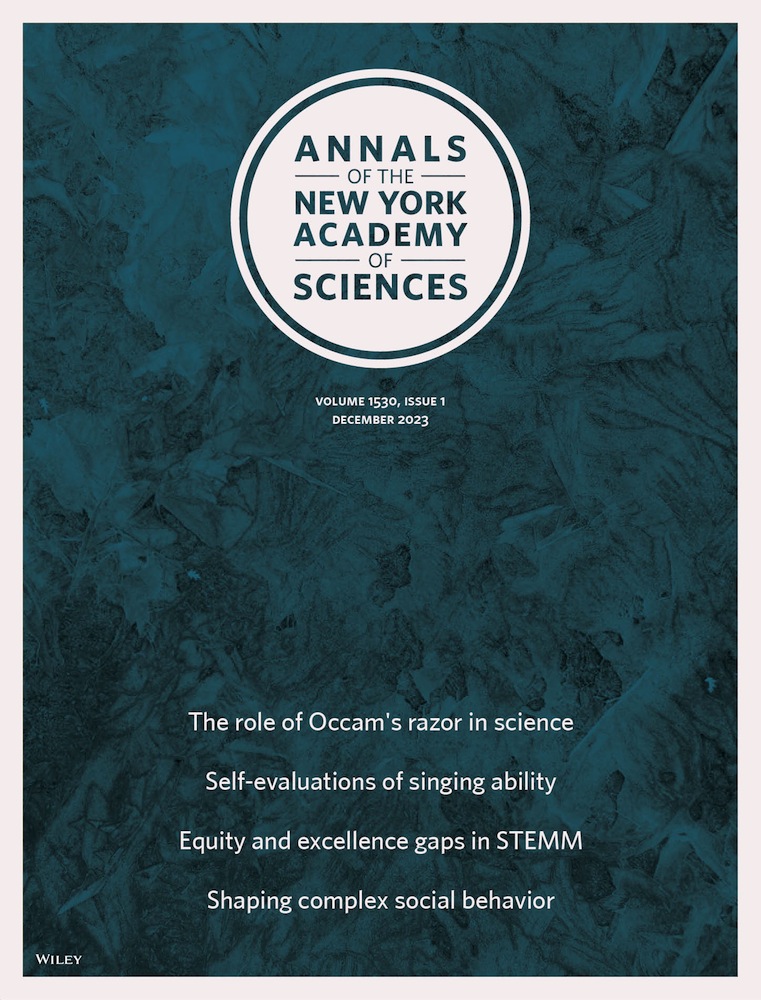钢板表面缺陷实时检测算法:starnet - gsconvr - ret3检测变压器(SSR-DETR)。
IF 4.1
3区 综合性期刊
Q1 MULTIDISCIPLINARY SCIENCES
引用次数: 0
摘要
针对工业钢板表面缺陷检测中存在的模型复杂度高、对小目标识别不足、硬件部署效率低等问题,提出starnet - gsconvr - retc3检测变压器(SSR-DETR)轻量化框架。该框架包括一个StarNet骨干网和一个创新的星型操作优化结构,以降低计算复杂度,同时增强特征表示能力。在特征融合阶段,设计具有显式衰减机制的RetBlock 3卷积CSP瓶颈(RetC3)模块,结合二维空间先验增强微观缺陷几何特征的提取,并采用分组空间卷积(GSConv)优化多尺度特征的聚合。实验表明,该算法在东北大学钢材表面缺陷(NEU-DET)数据集上的平均精度(mAP)为88.2%,分类精度为92.0%,分别比基线模型提高4.8%和3.7%。同时,模型的计算量和尺寸分别减少了59.5%和47.8%。实际部署测试表明,该算法在个人计算机平台上的运行速度为98.1帧/秒,在RK3568嵌入式系统上的运行速度为40.3帧/秒,单帧处理时间为24.8 ms,完全满足工业场景的综合需求。本文章由计算机程序翻译,如有差异,请以英文原文为准。
A real-time defect detection algorithm for steel plate surfaces: the StarNet-GSConv-RetC3 detection transformer (SSR-DETR).
In view of the problems in industrial steel plate surface defect detection, such as high model complexity, insufficient recognition of small targets, and inefficient hardware deployment, this study proposes the StarNet-GSConv-RetC3 detection transformer (SSR-DETR) lightweight framework. The framework comprises a StarNet backbone network and an innovative star operation optimization structure to reduce computational complexity while enhancing feature representation capabilities. In the feature fusion stage, the RetBlock CSP bottleneck with 3 convolutions (RetC3) module with an explicit attenuation mechanism is designed to enhance the extraction of geometric features of microscopic defects by combining two-dimensional spatial priors, and grouped spatial convolution (GSConv) is used to optimize the aggregation of multiscale features. Experiments show that the algorithm achieves a mean average precision (mAP) of 88.2% and a classification accuracy of 92.0% on the Northeastern University steel surface defect (NEU-DET) dataset, which is 4.8% and 3.7% higher than the baseline model, respectively. Meanwhile, the model's computational load and size are reduced by 59.5% and 47.8%, respectively. Actual deployment tests show that this algorithm operates at 98.1 frames per second (FPS) on personal computer platforms and at 40.3 FPS, with a single-frame processing time of 24.8 ms, on the RK3568 embedded system, fully meeting the comprehensive requirements of industrial scenarios.
求助全文
通过发布文献求助,成功后即可免费获取论文全文。
去求助
来源期刊

Annals of the New York Academy of Sciences
综合性期刊-综合性期刊
CiteScore
11.00
自引率
1.90%
发文量
193
审稿时长
2-4 weeks
期刊介绍:
Published on behalf of the New York Academy of Sciences, Annals of the New York Academy of Sciences provides multidisciplinary perspectives on research of current scientific interest with far-reaching implications for the wider scientific community and society at large. Each special issue assembles the best thinking of key contributors to a field of investigation at a time when emerging developments offer the promise of new insight. Individually themed, Annals special issues stimulate new ways to think about science by providing a neutral forum for discourse—within and across many institutions and fields.
 求助内容:
求助内容: 应助结果提醒方式:
应助结果提醒方式:


